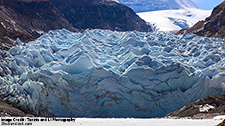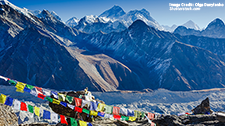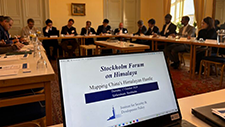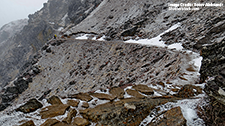Tibet at the Edge of a Tipping Point: Stockholm Forum Calls on COP30 to Confront the Mounting Climate Emergency
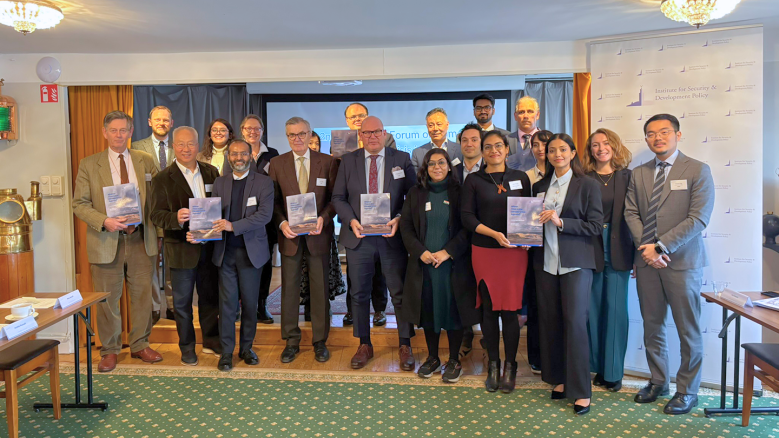
Jagannath Panda, Niklas Swanström, Eerishika Pankaj, Charles Parton, Jiayi Zhou, Linus Zhang, Ute Wallenböck, Sriparna Pathak, Richard Ghiasy, Dattesh D. Parulekar, Tsering Topgyal, Astha Chadha, Rahul Karan Reddy and Shruti Kapil
Stockholm, October 16, 2025: The Second Stockholm Forum on Himalaya, held at the Institute for Security and Development Policy (ISDP), delivered an urgent and resonant message to the international community: the climate crisis unfolding in Tibet can no longer remain absent from global climate diplomacy. Bringing together scholars, policy practitioners, and analysts from Europe, Asia, and the Indo-Pacific, the forum made a compelling case that the Tibetan Plateau-often referred to as the ‘Third Pole’- must be recognised as a central pillar in any serious discussion of global climate governance. As preparations intensify for COP30 in Belém, Brazil, the Forum’s proceedings echoed with a shared conviction that Tibet must be placed firmly on the UNFCCC agenda.
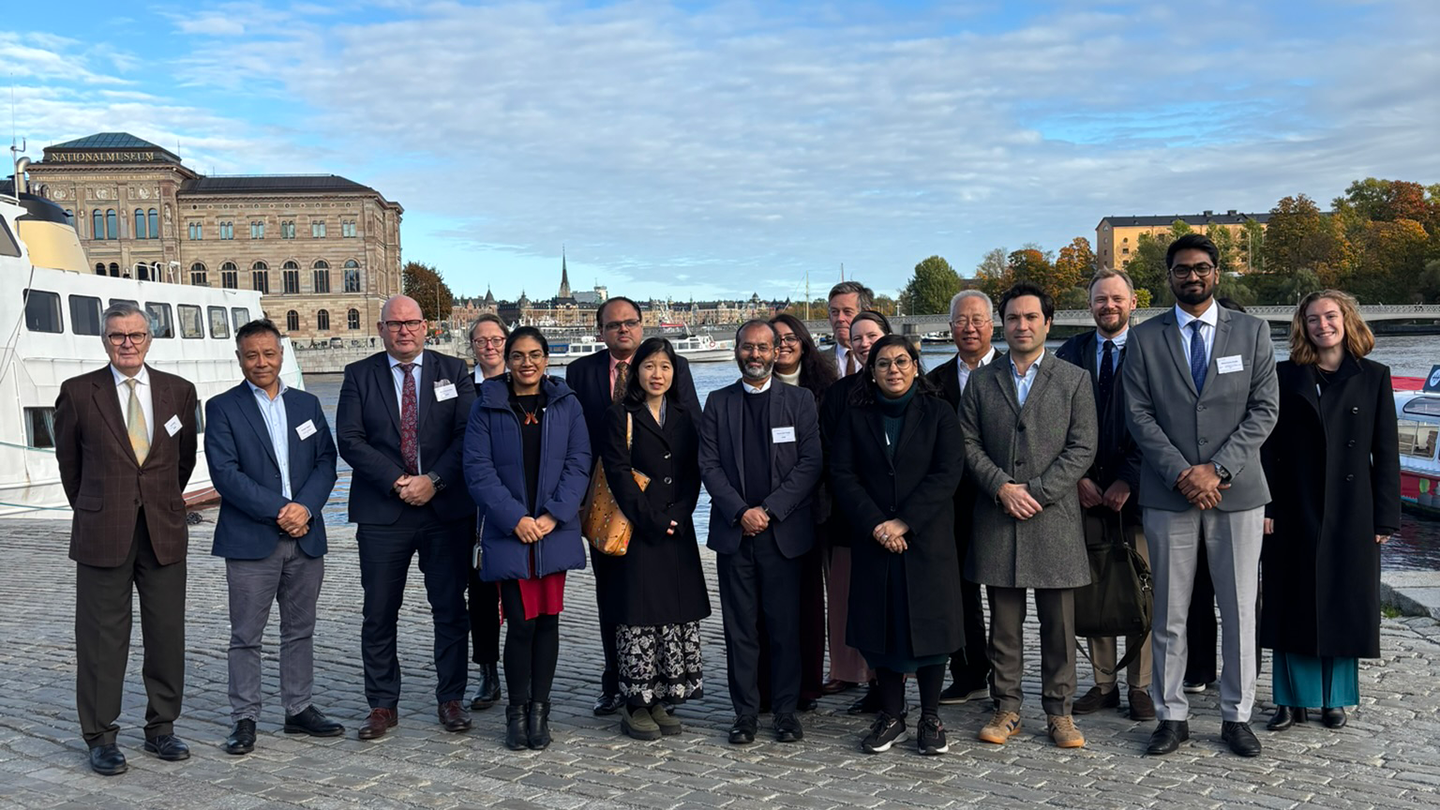
The tone of the gathering reflected a deep frustration with the international neglect of Tibet’s ecological decline. Dr. Jagannath Panda, Head of the Stockholm Center for South Asian and Indo-Pacific Affairs (SCSA-IPA), underscored that Tibet’s climate crisis cannot be detached from its larger geopolitical context. He described the plateau as a region where environmental degradation, demographic policy, militarization, and strategic infrastructure intersect to form a complex crisis that is ecological at its core but geopolitical in its consequences. Tibet’s waters feed the great Himalayan River systems, nurturing the livelihoods of over a billion people across South Asia and Southeast Asia. To speak of Himalayan stability without addressing Tibet, he argued, is to leave climate diplomacy fundamentally incomplete.
This sentiment was echoed by ISDP’s Executive Director, Dr. Niklas Swanström, who warned that Tibet’s climate trajectory is veering toward a point of no return. Glaciers are melting at unprecedented rates, permafrost is in retreat, and ecosystems once balanced by centuries of indigenous knowledge are fragmenting under heavy militarization and extractive development. Yet, despite these alarming trends, Tibet remains absent from UNFCCC discourse- not due to irrelevance, but because of silence and political discomfort. Dr. Swanström asserted that Europe, in particular, must show intellectual courage in recognising Tibet not as a distant controversy, but as a core component of planetary climate risk.
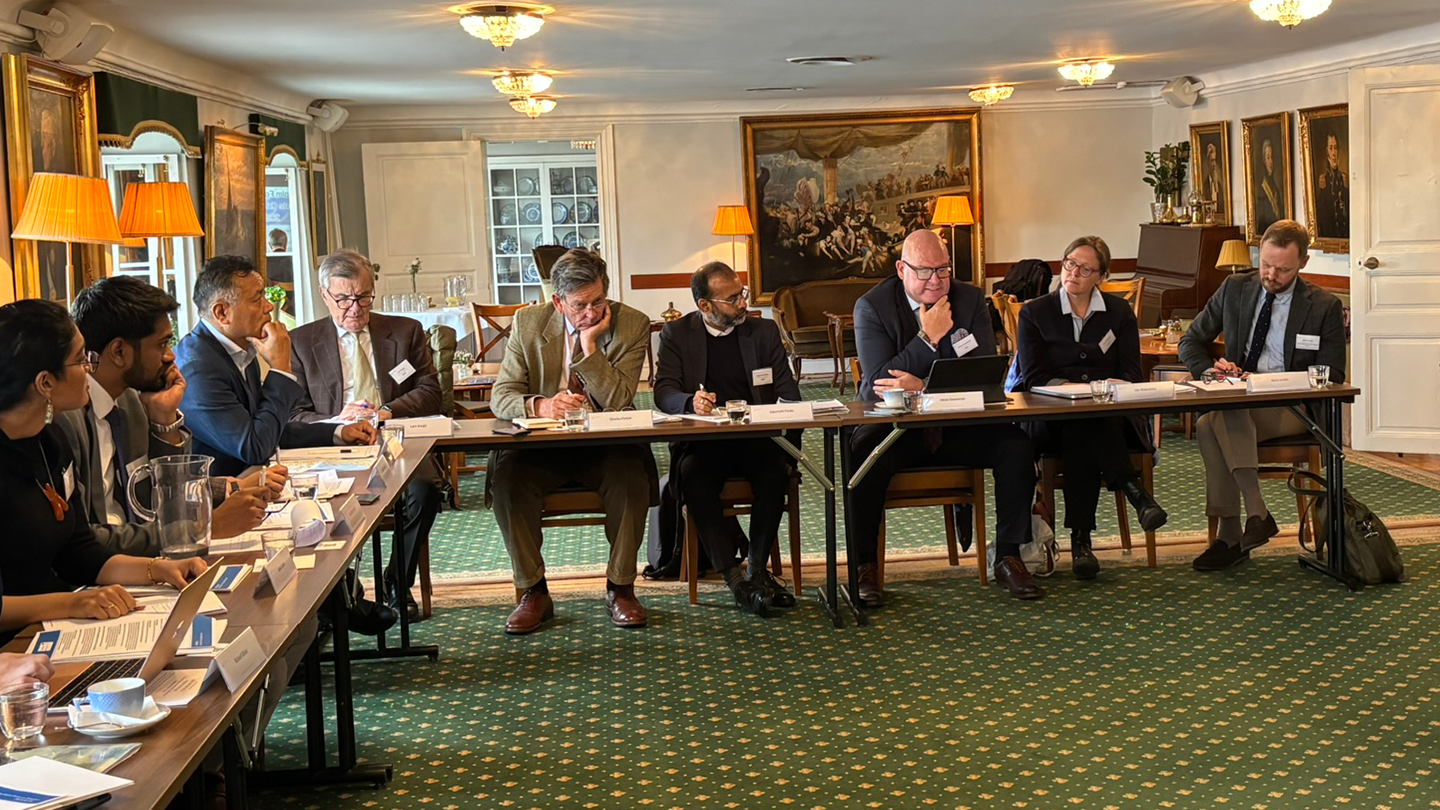
Throughout the forum, speakers explored how China’s state-led development strategy in Tibet has entwined environmental change with political control. The construction of large-scale hydropower dams, unregulated mining operations, and urban colonisation projects is not only reshaping the physical landscape but also eroding traditional Tibetan modes of environmental stewardship. Speakers noted that while China often presents these efforts as modernisation, they frequently mask ecological disruption and cultural dislocation. Ms. Eerishika Pankaj of ORCA highlighted how scientific access to Tibetan regions is increasingly restricted, leaving the international community dependent on limited satellite data and state-filtered narratives. In an era defined by global climate accountability, Tibet remains a blind spot – a region of extraordinary ecological importance but little transparency.
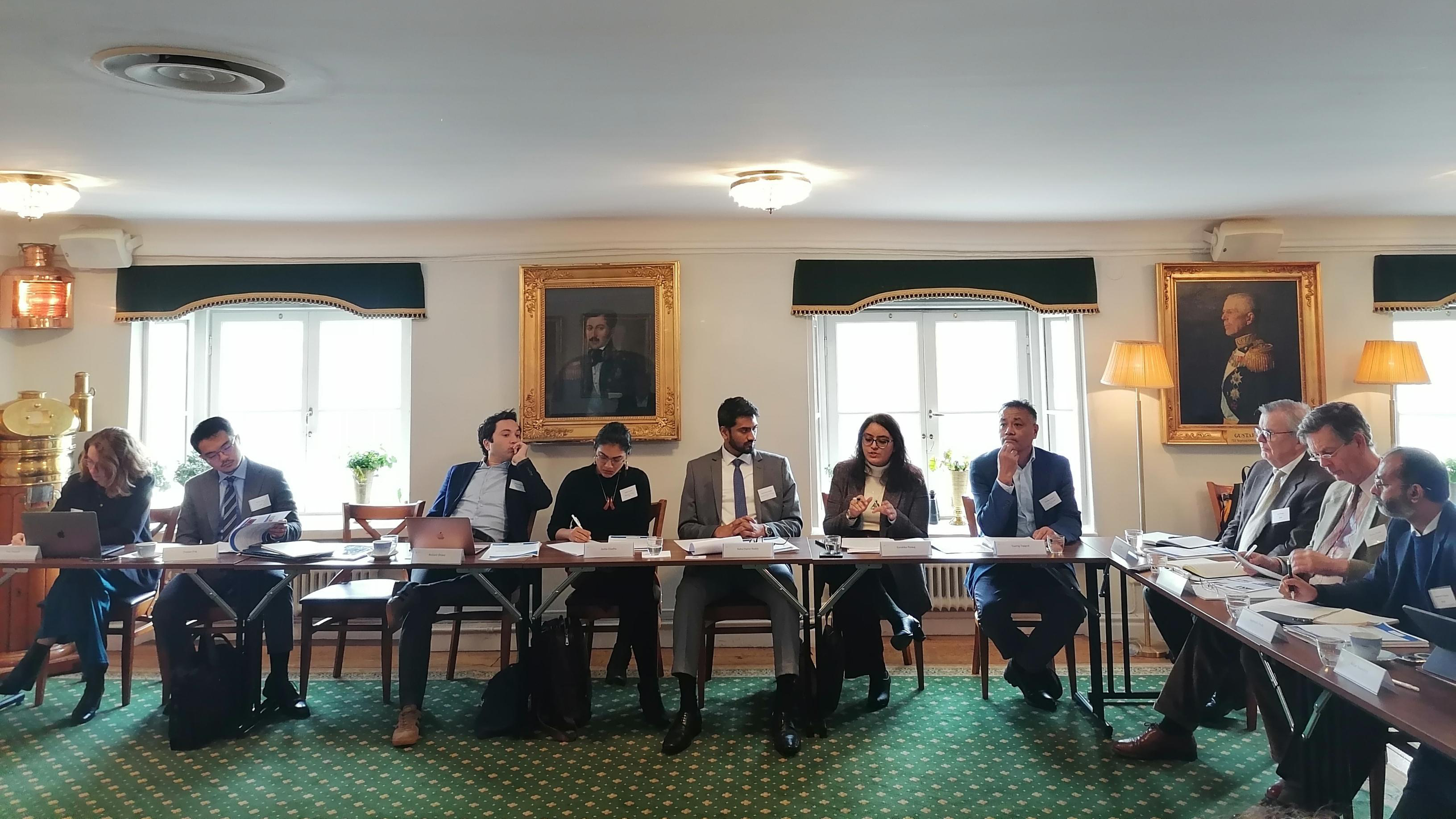
A substantive portion of the discussions focused on the dual-use nature of infrastructure development across the plateau. Participants observed that highways, airstrips, and logistics hubs – projected as engines of development – also serve strategic military purposes. This blurring of civilian and military objectives has led to significant ecological consequences: grasslands are being bulldozed, fragile permafrost zones are destabilised, and river basins are being heavily engineered without environmental consultation. Such actions carry transboundary risks, particularly for downstream nations like India, Nepal, Bangladesh, and Myanmar, which rely on the river systems originating in Tibet. However, participants were keen to stress that this is not solely an Asian problem. If the Third Pole destabilises, the resulting hydrological chaos, migration flows, and food insecurity would ripple outward, eventually testing Europe’s resilience as well.
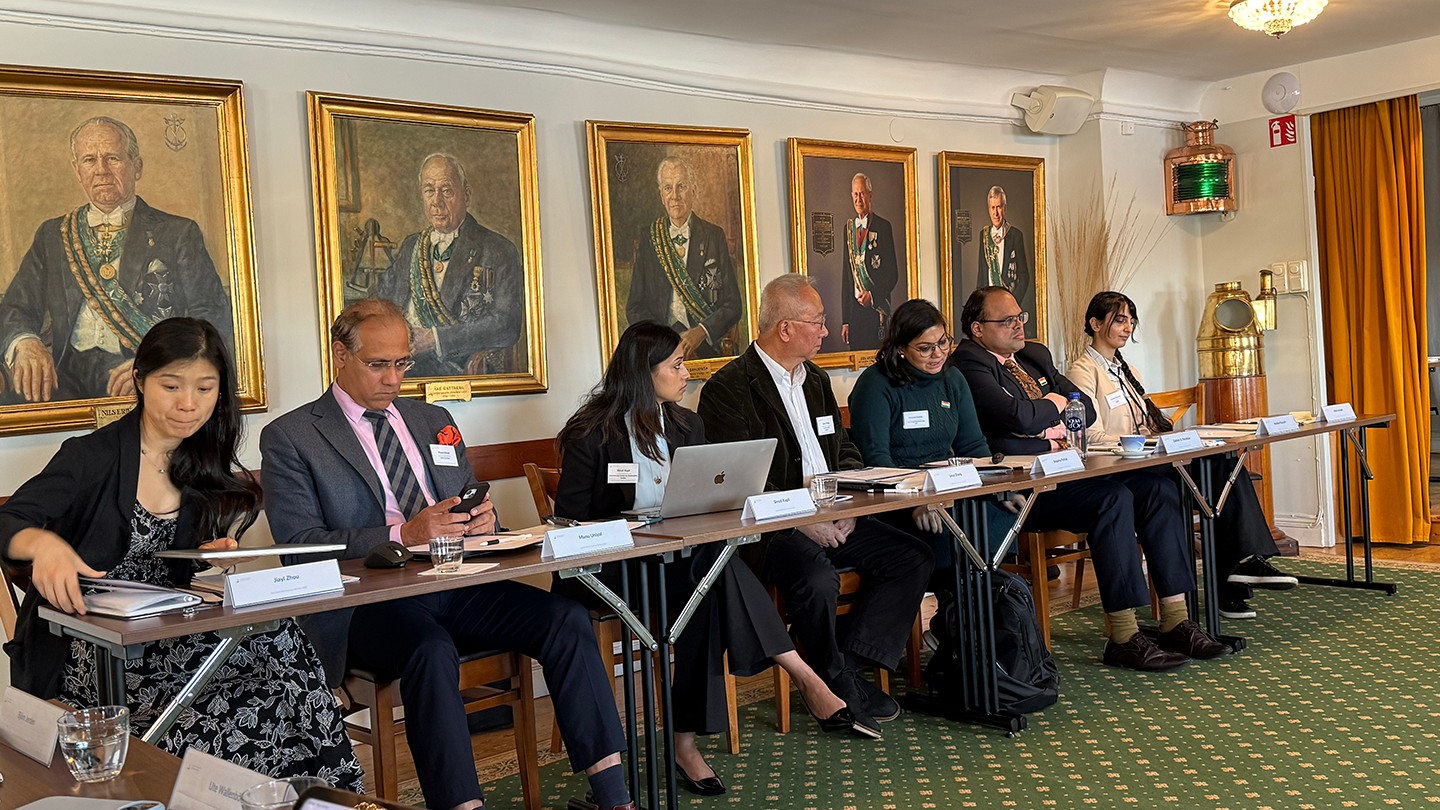
Another central theme that emerged was the human dimension of Tibet’s climate crisis. Discussions on population policies, moderated by Ambassador Lars Vargö, revealed how state-enforced relocation of nomadic communities disrupts centuries-old mechanisms of ecological balance. Tibetan pastoralists, once custodians of the high-altitude plateau, are being resettled into concrete settlements where both cultural identity and environmental agency are diluted. With the erosion of linguistic heritage and traditional land management practices, Tibet is not only losing people, but also losing knowledge- knowledge that once maintained harmony between humans and nature in extreme climatic conditions.
It was in the closing session- fittingly titled “Bringing Tibet to the Fore of Global Debate” that the Forum delivered its most direct appeal. Participants insisted that COP30 must acknowledge Tibet as a critical climate zone and create diplomatic space for its inclusion within negotiations and discussions. Recognising Tibet, they argued, does not require geopolitical confrontation; it requires moral clarity on the part of China. Ignoring the plateau because it lies within politically sensitive borders does not diminish its impact on planetary systems. If anything, it heightens the urgency to demand transparency, scientific collaboration, and ecological responsibility. Speakers called for multilateral mechanisms that would allow independent monitoring of glacial health, river flows, and permafrost integrity in Tibet, all essential for global climate modelling.
Several participants urged the European Union, Japan, India, and like-minded democratic partners to act as bridge-builders. They proposed that Tibet be addressed through the lens of climate security rather than sovereignty, allowing for constructive engagement that prioritises environmental sustainability. The forum further suggested the creation of a Himalayan Climate Policy Consortium ahead of COP30 to prepare policy recommendations, research initiatives, and advocacy frameworks that ensure Tibet’s inclusion in international deliberations.
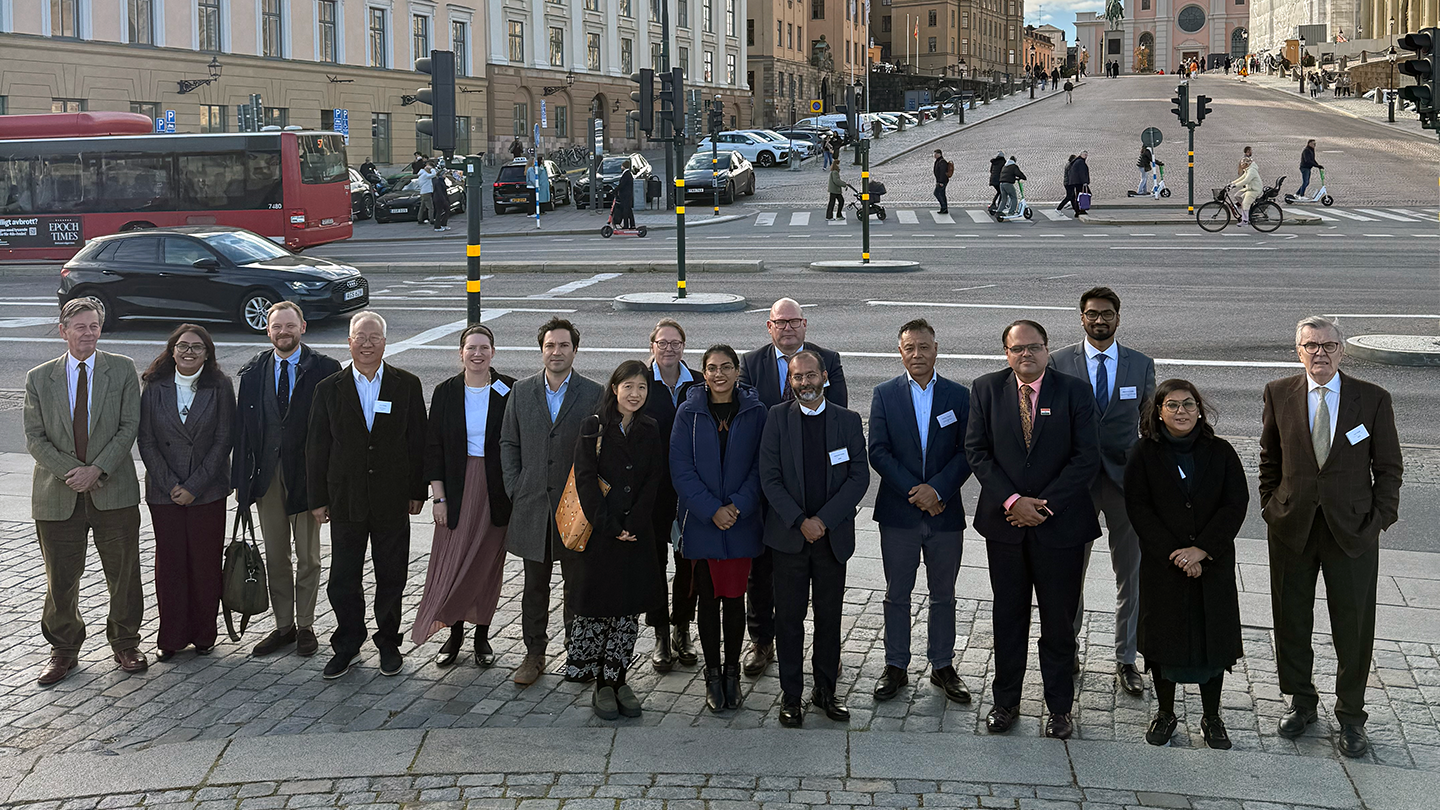
Despite the political complexity surrounding Tibet, the Forum’s discussions were marked not by confrontation, but by a sober recognition that ecological crises cannot be contained by political boundaries. The speakers emphasised that Tibet is not an isolated plateau; it is the water tower of Asia, the regulator of monsoon patterns, and the silent stabiliser of climate cycles. Its collapse would trigger cascading consequences far beyond the Himalayas. Silence is no longer an act of neutrality- it is an act of complicity.
As the deliberations concluded, the message from Stockholm was both urgent and reflective: Tibet must not be the missing chapter in global climate governance. COP30 in Belem, Brazil, presents a decisive opportunity to correct this omission. Recognising Tibet is not only about justice for a voiceless land; it is about protecting the global commons. The Forum called on climate negotiators, policymakers, and civil societies to elevate Tibet’s plight from footnotes to plenary sessions, from whispered acknowledgements to diplomatic commitments.
The Stockholm Forum reaffirmed ISDP’s resolve to amplify the Himalayan climate discourse through sustained research, dialogues, and international partnerships. Participants departed with a shared understanding that defending Tibet’s ecology is not a regional campaign- it is a planetary obligation. If the world continues to overlook the Third Pole, it may only awaken when it is too late. The question that now awaits COP30 is simple: will Tibet remain unseen, or will the global community finally recognise that without safeguarding the roof of the world, there can be no climate security on earth?
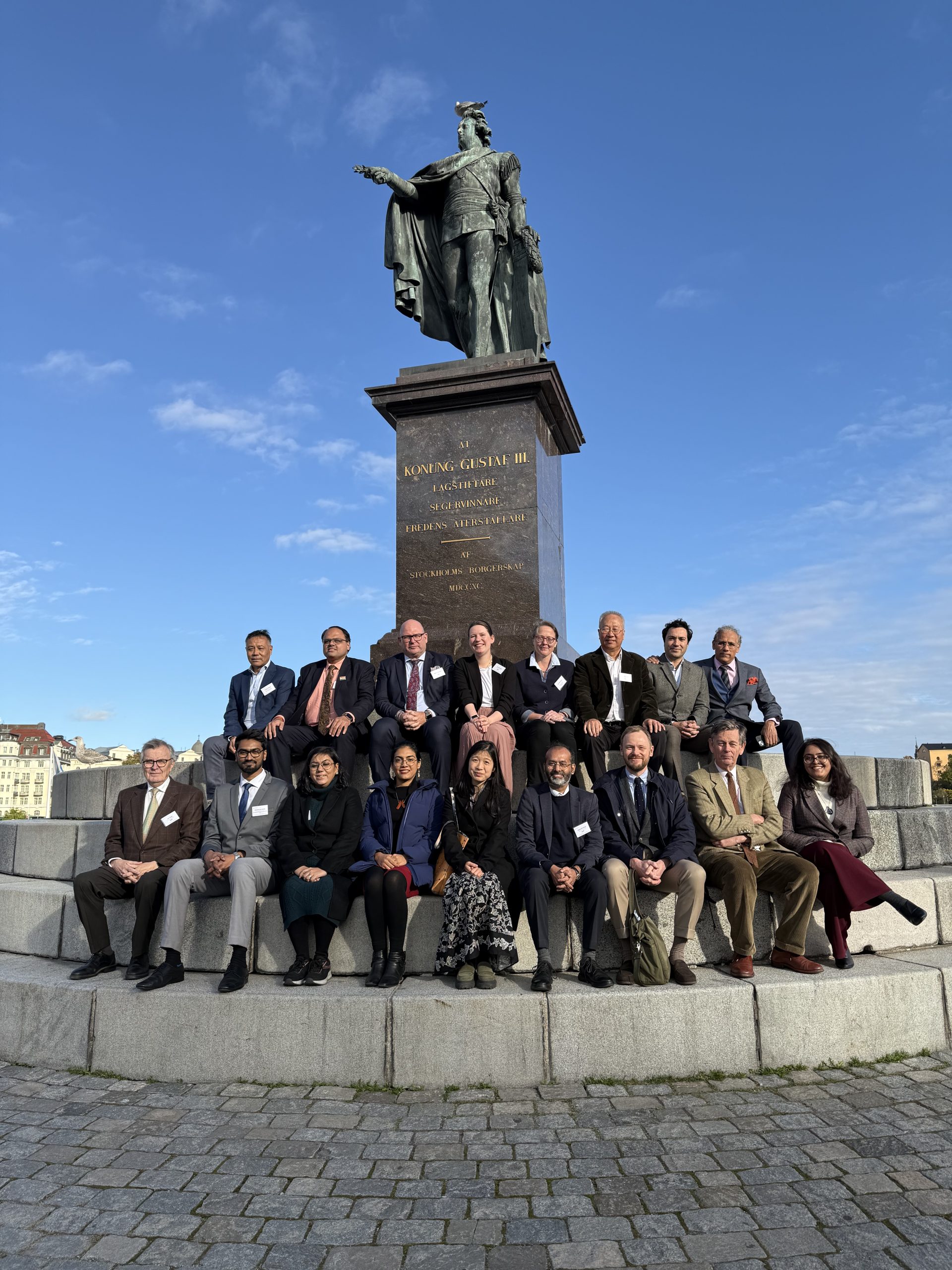
______________________________________________________________________
For more information, please contact Dr Jagannath Panda at: jpanda@isdp.eu
Visit the Institute for Security and Development Policy at isdp.eu
Publications in the series on the Climate Crisis in Tibet are available here.
